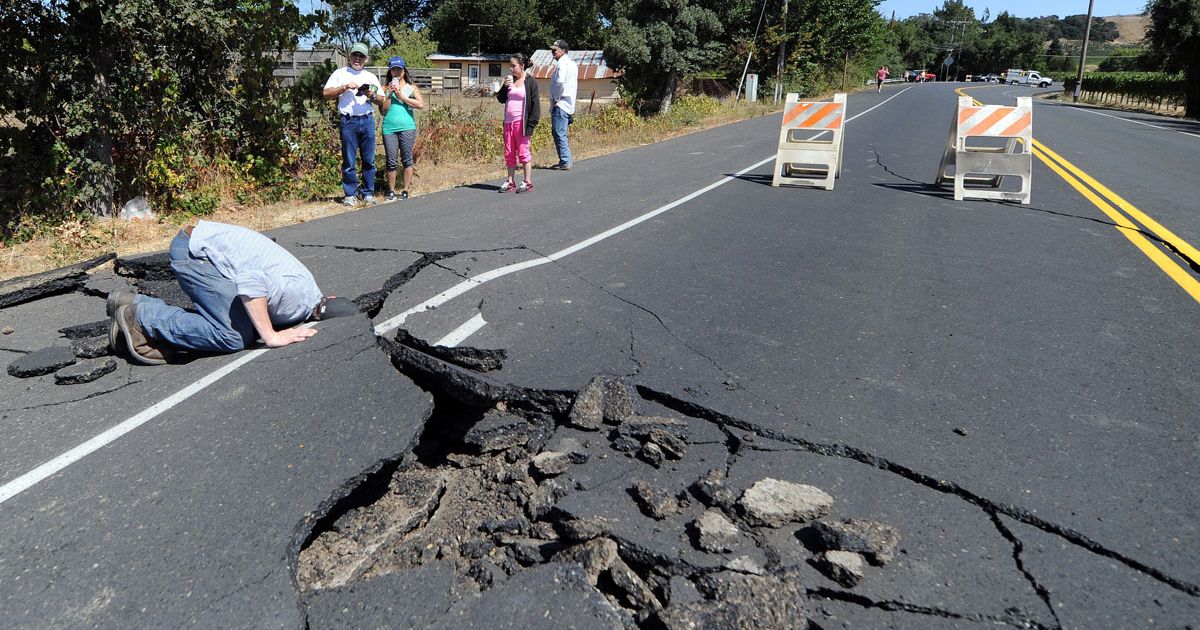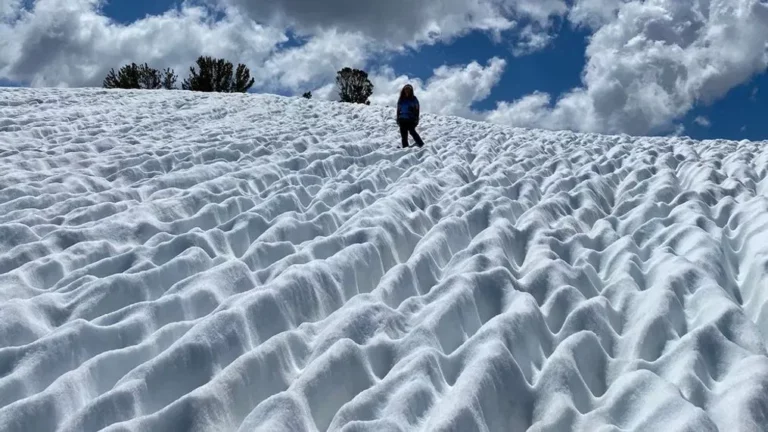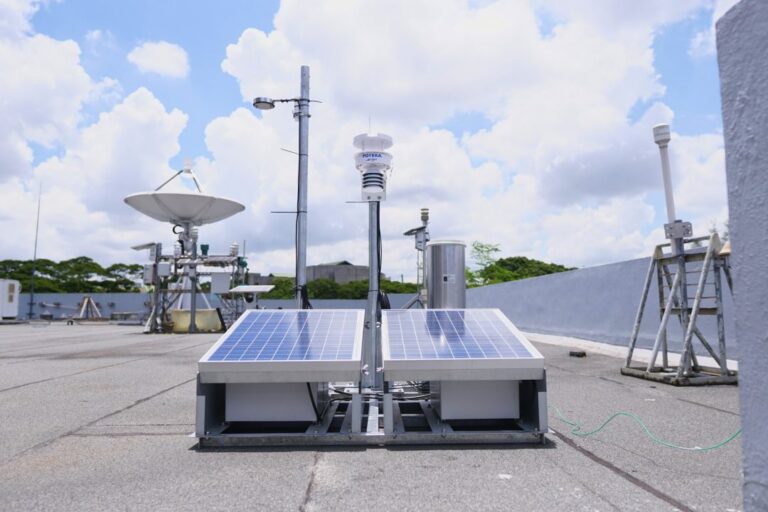Shaking Grounds: Unveiling the Marvels and Mysteries of Earthquakes
Earthquakes, one of nature’s most powerful and awe-inspiring phenomena, have intrigued and often terrified humanity for centuries. These seismic events, caused by the sudden release of energy in the Earth’s crust, can have devastating consequences, reshaping landscapes, affecting communities, and altering the course of history. In this article, we delve into the fascinating world of earthquakes, exploring their causes, impacts, and the relentless pursuit of understanding and mitigating their effects.
Unveiling the Science of Earthquakes
1. The Earth’s Structure and Plate Tectonics:
Understanding the Earth’s structure and the movement of its tectonic plates is crucial to comprehend the origins of earthquakes. The Earth’s crust is divided into massive plates that move, and their interactions at plate boundaries often trigger seismic activities.
2. Seismic Waves and Fault Lines:
When stress along a fault line overcomes the strength of the rocks, it causes a sudden release of energy in the form of seismic waves. These waves can be destructive and are the primary source of earthquake-related damage.
The Causes Behind the Quakes
1. Tectonic Movements:
Most earthquakes are a result of the movement and interaction of tectonic plates. This includes processes like subduction, where one plate is forced beneath another, and crustal deformation, where stress builds up and is released along fault lines.
2. Volcanic Activity:
Earthquakes often accompany volcanic eruptions, as magma movement and volcanic pressure contribute to seismic events. These quakes can be both a precursor to an eruption or a consequence of it.
3. Human-Induced Earthquakes:
Certain human activities, such as mining, reservoir-induced seismicity due to the filling of large reservoirs, and hydraulic fracturing (fracking), can induce earthquakes by altering subsurface pressures and stresses.
The Impact and Mitigation Efforts
1. Human Toll:
Earthquakes can have catastrophic effects on human lives, causing injury, displacement, and loss of life. The destruction of infrastructure further compounds the challenges faced during the recovery process.
2. Earthquake-Resistant Architecture:
Architects and engineers strive to design buildings and infrastructure that can withstand seismic forces. Techniques like base isolation and damping systems are utilized to minimize the damage caused by ground shaking.
3. Early Warning Systems:
Advances in seismology have enabled the development of early warning systems that can provide vital seconds to minutes of alert before strong shaking from an earthquake reaches a location, allowing for necessary precautions and actions to be taken.
The Ongoing Quest for Knowledge
Scientific research and technological advancements continue to enhance our understanding of earthquakes. From monitoring seismic activity and modeling potential scenarios to developing innovative solutions, humanity strives to minimize the impact of these natural disasters. Earthquakes, while formidable, fuel our curiosity and determination to unravel the secrets of our dynamic planet, ultimately leading to a safer and more resilient future for all.







